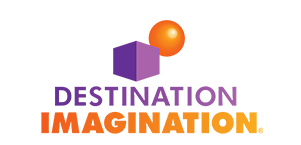At Schema App, our purpose is to build meaningful connections, with each other, our customers and the data so that we are all understood.
The Schema App Team
With over 30 team members across Canada, we believe diversity drives innovation and results!

1:1
Gender Parity

86%
Employee Satisfaction

8
Languages Spoken

9
Nationalities Represented
Our Values
At Schema App, we value honesty and transparency. Across the team, we also live and breathe our values in our day-to-day work.

Growth Mindset
- We are adaptable, nimble, resilient humans. We are always learning. We are resourceful.
- We give, receive, and ask for feedback to help each other grow and do better.
- We strive to make things better, one small step at a time.
- We see change as an opportunity.

Great People
- We are collaborative and helpful. We are honest and transparent.
- We are respectful and inclusive. Zero tolerance of discrimination, rudeness.
- We take time to give back to the community.
- We take care of ourselves and look out for each other.

Get Results
- We are easy to do business with – both our products and our processes.
- Do the right thing for the customer or partner.
- We make informed decisions based on both data and our expertise
- We are outcome focused – both internally + customers. Our teams are empowered to decide the “how”.















